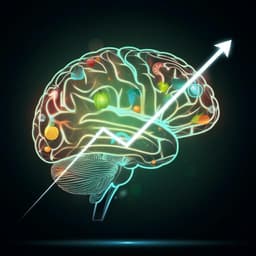
Psychology
Too anxious to control: the relation between math anxiety and inhibitory control processes
E. V. D. Bussche, K. Vanmeert, et al.
Discover how math anxiety impacts our cognitive processes! In this fascinating study by E. Van den Bussche, K. Vanmeert, B. Aben, and D. Sasanguie, the researchers reveal that while math anxiety hampers reactive control, proactive control remains unaffected. This intriguing finding highlights the link between math anxiety and distractibility in situations requiring quick responses.
Playback language: English
Related Publications
Explore these studies to deepen your understanding of the subject.







